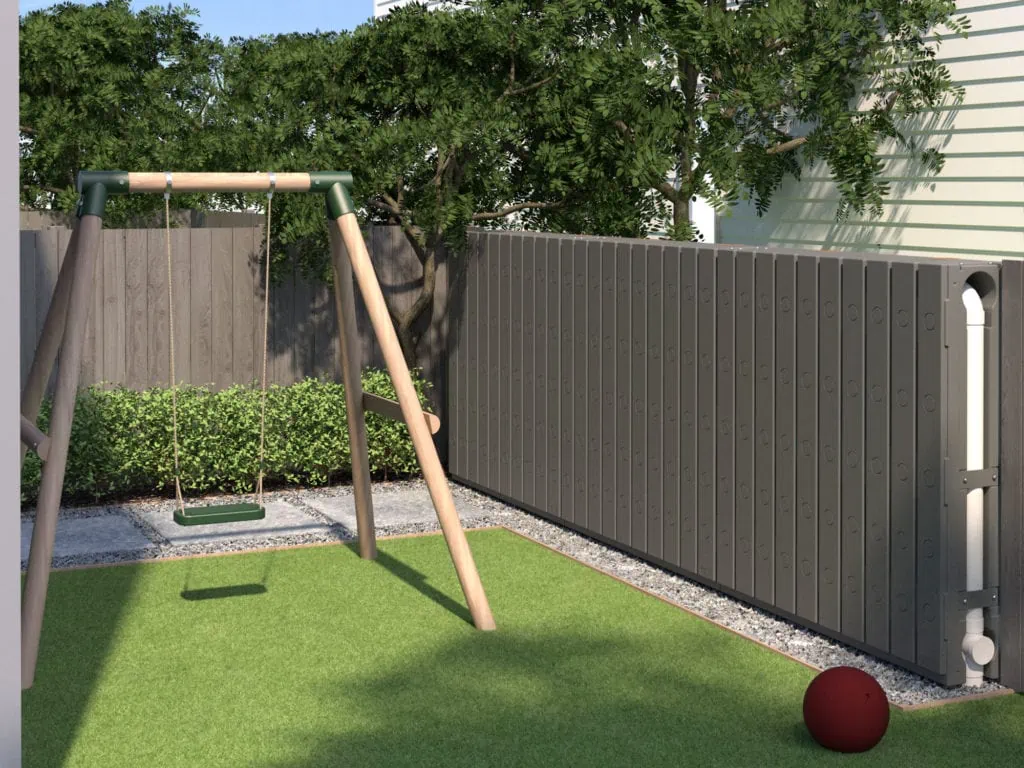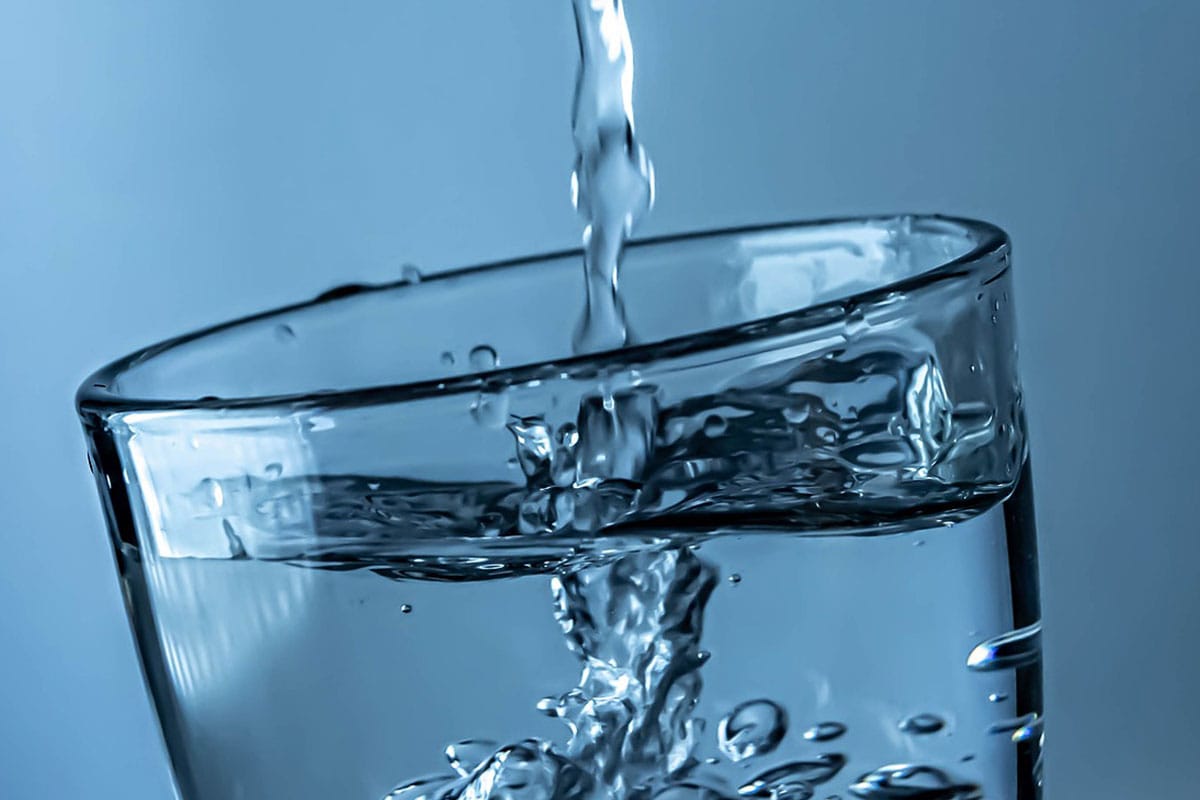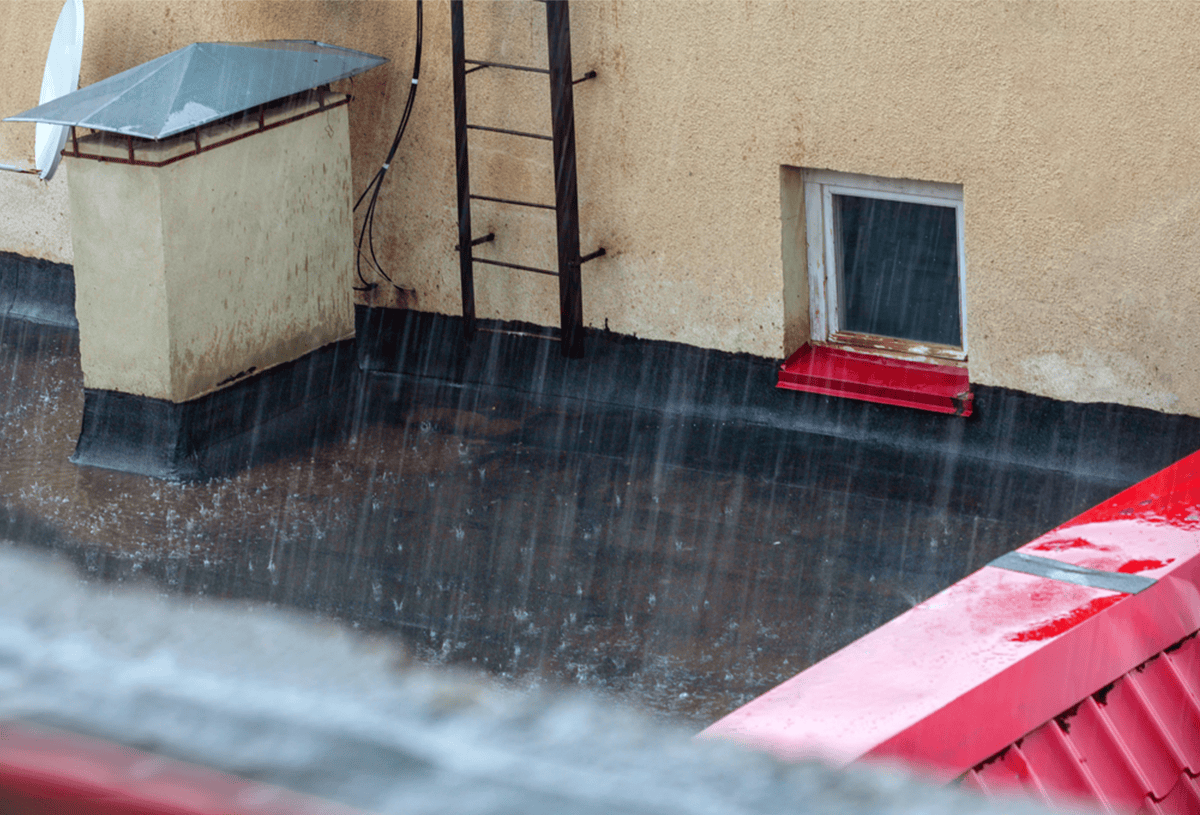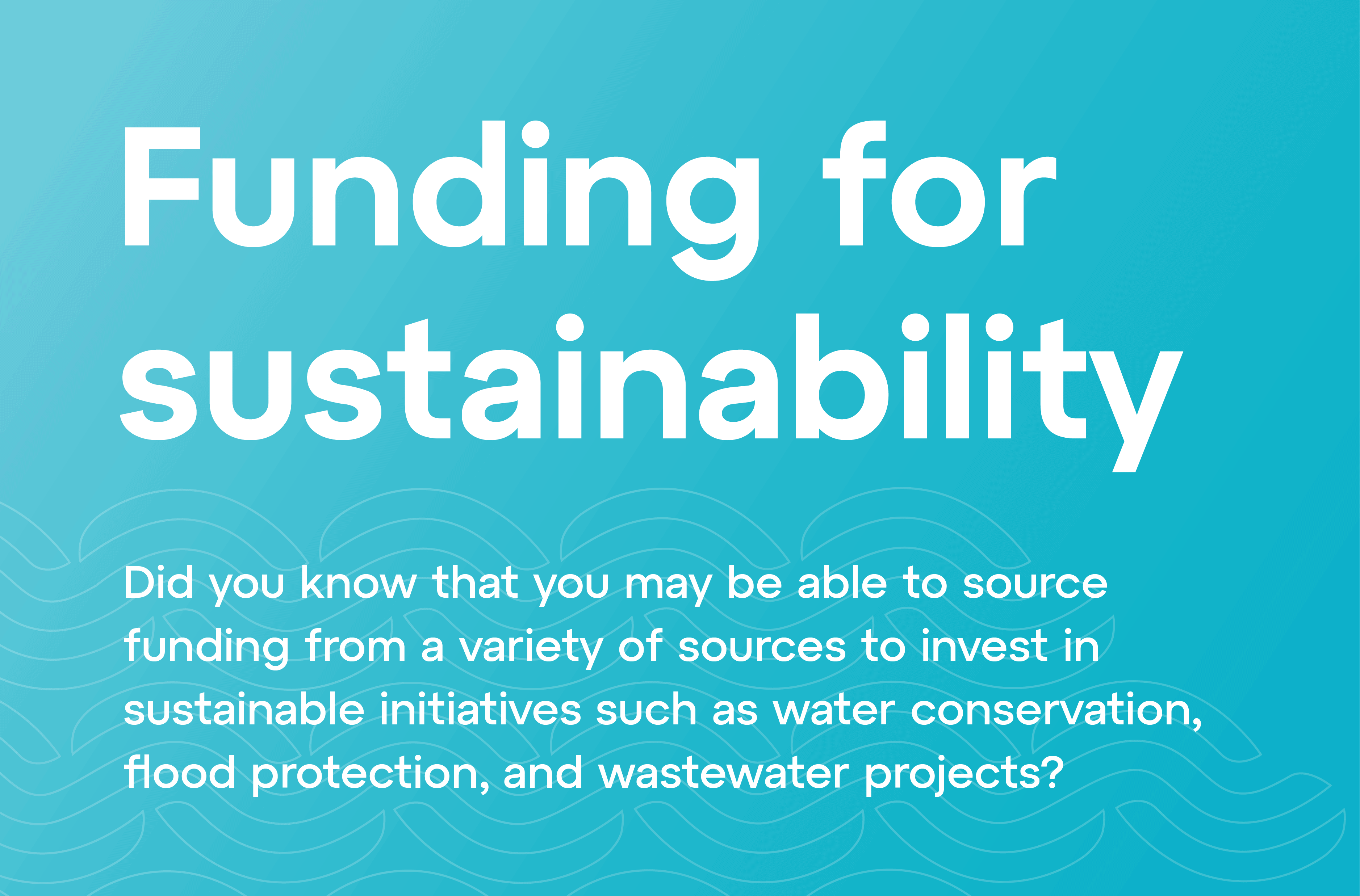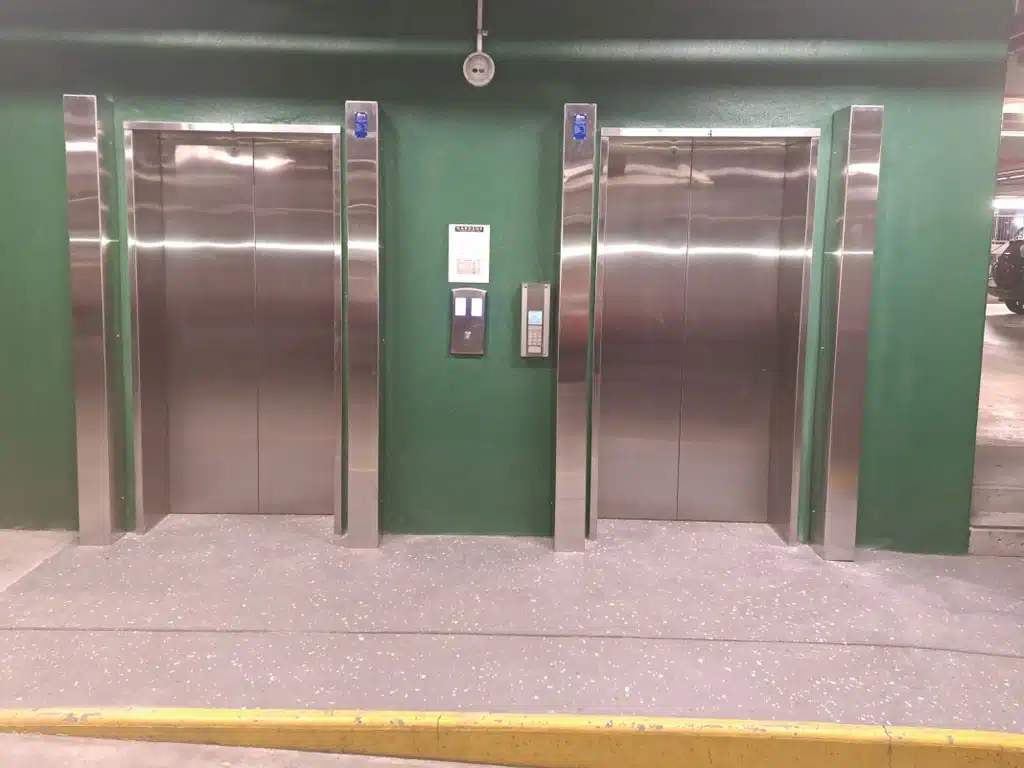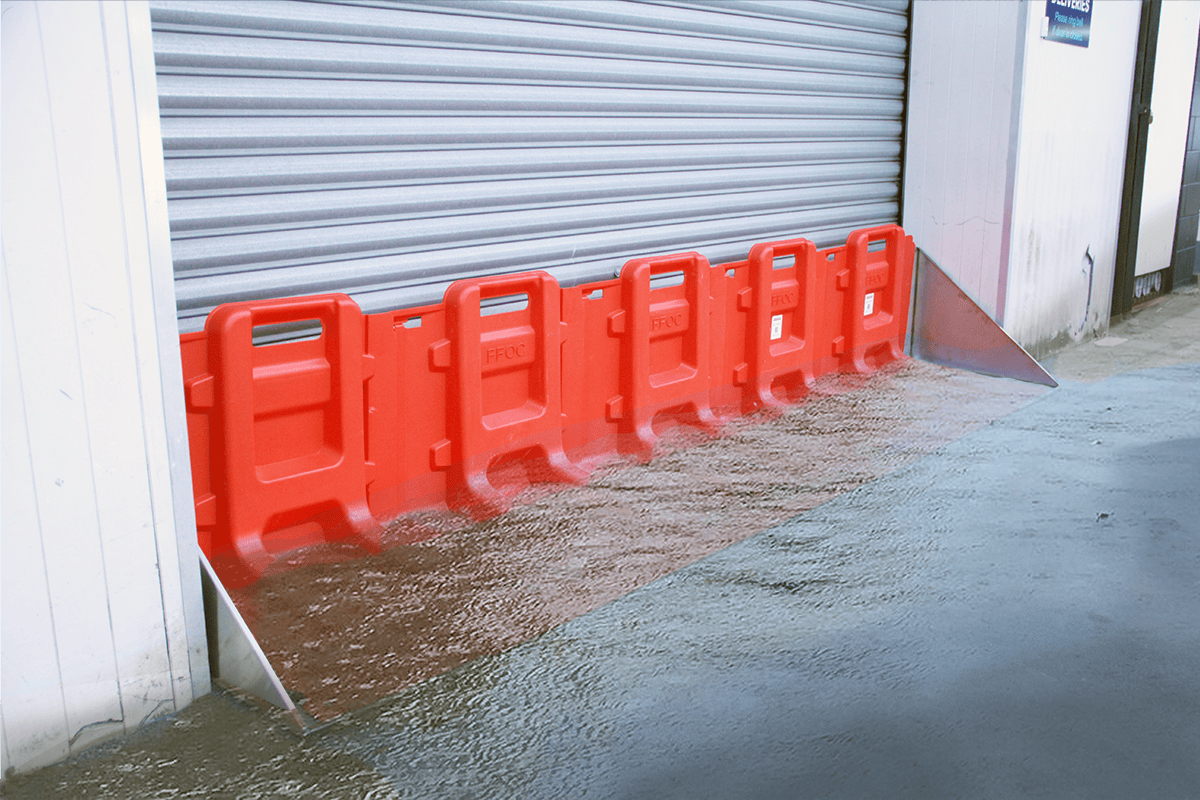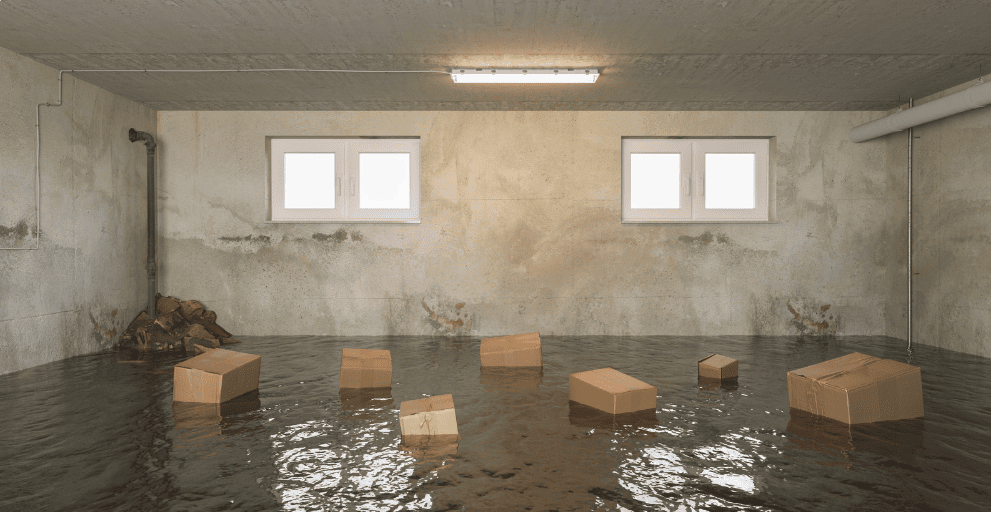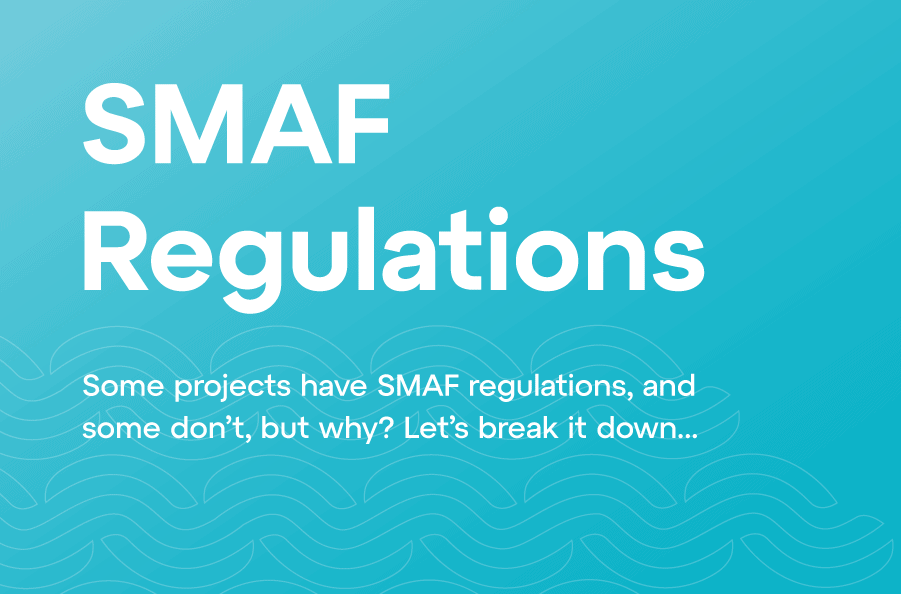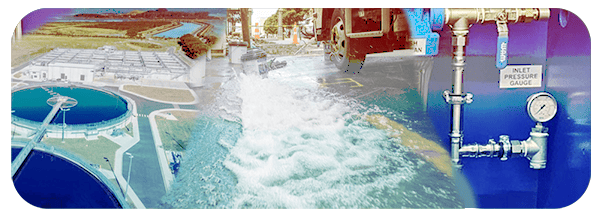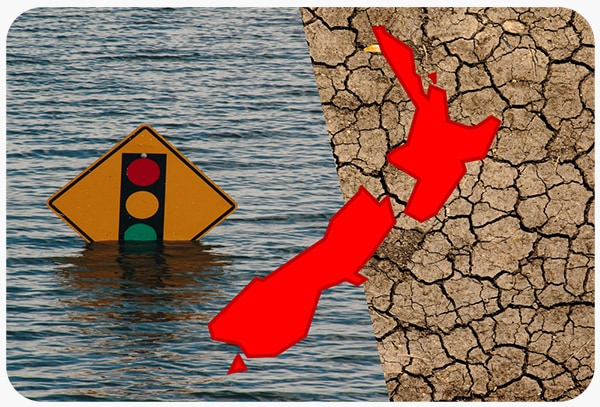When most people think of rainwater tanks, unsightly huge tanks on rural properties come to mind in heritage green. But imagine if there was a slimline tank that was so discrete it blended into your property’s boundaries, disguised as a fence.
WaterSmart is a New Zealand-based company that manufactures FenceTank™, the perfect space and water saver in one. It allows for an almost invisible solution that is perfect for small sections and high-density housing. Each slimline water tank holds 1000 litres of water. The size of the tank is just 1800mm high x 1800mm long x 410mm deep, making it one of the narrowest above-ground water tanks on the market. You can connect a series of water tanks for weeks of your own supply of water.
To see how it works, visit the Watersmart website. You’ll see NZ’s iconic rugby team, the All Black, demonstrating this innovative product by filling their drink bottles directly from the tank! These slimline rainwater tanks come in a range of colours, and you don’t need consent if they are not being used for drinking water. You can use rainwater for household water supply but you do require consent.
Slim and easy to install, these water tanks tick all the boxes
Another huge advantage of FenceTank™ is how easy it is to install. Any keen DIYer (with the correct tools) can install them so long as the water collected is only intended for outdoor use.
This can keep installation costs low, but FenceTank™ must be installed by a registered plumber if the water will be used inside the home (such as in the toilet and laundry).
Maintenance is also easy with these rainwater tanks
Only simple, annual cleaning is required to maintain the FenceTank™ exterior. Use a soft-bristled brush, water, or water mixed with a mild detergent to wash the plastic.
When used to store non-potable water, the interior of the tank does not require regular maintenance since the use of a leaf filter will remove vegetation before entering the tank. Leaf diverter kits are easy to install and can be purchased directly from the company.
It is probable that small amounts of dust or organic matter will enter the tanks, but the amounts will not impact the storage or capacity of the FenceTank™. The company also offers an annual check of the system.
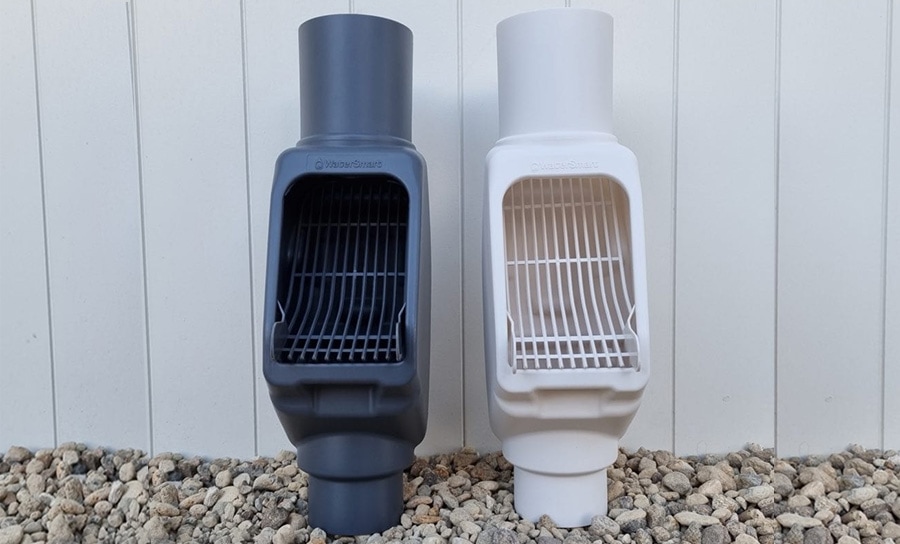
Leaf diverter kits
Compared to concrete tanks, these tanks have many advantages
Some people initially think that concrete, being strong and tough, would be the best type of material to use for water storage. However concrete has many disadvantages over polyethylene plastic. Concrete is porous and will lose water over time. Polyethylene (PE) plastic is not porous so water will never escape through the tank walls.
PE plastic is much lighter than concrete in any application, meaning a plastic tank is much easier and much cheaper to install than a concrete tank. Polyethylene is extremely inert (non-reactive) so it will never rust or corrode and it can never rot or degrade in place. This also means it is safe for drinking water as the plastic can never flake off or dissolve into the water.
PE plastic is 100% recyclable so if it is ever taken out in the future it can be reused or recycled, while a concrete tank would just be smashed and sent to hard fill.
What can rainwater be used for?
Rainwater harvesting is typically reused for non potable purposes. Which means it can be used outdoors, to flush toilets and wash clothes. As long as it meets the council’s sanitation requirements, water can also be harvested and used for other purposes.
It is possible to use rainwater entirely, although this may require additional filtration for hygienic purposes (drinking, showering, dishwashing etc.). If you plan to connect a tank to your internal plumbing, you will require building consent.
There are specific plumbing requirements required to sanitise water for indoor supply, such as the use of ultraviolet light treatment. A building permit is only required if you plan on connecting water tanks to your internal plumbing. It is not required for outdoor water use only.
In urban areas, rainwater harvesting is becoming a pressing concern
Rainwater collection used to be primarily the responsibility of rural residents, since water in urban areas was relatively plentiful and free. But with long dry spells increasing, water restrictions have increased during the summer. This means that many activities that we used to take for granted are now ‘restricted’.
If a water ban is in effect, it is not possible to water the garden, wash the car, or fill paddling pools. In the summer months, when plants wilt and kids are hot and bothered, what do you do? Not much without your own water supply! When a water ban is announced, you have no choice but to stop all activities that involve turning on the outside tap.
A $20,000 fine is imposed in Auckland if residents do not comply with the ban. “Since the start of 2020, the [Auckland] region has received significantly less annual rainfall than normal. This is having a big impact on our water supply. On 15 April, the total volume of water stored in our dams dropped below 50 per cent for the first time in more than 25 years. We need to preserve what’s left.”
Source: watercare.co.nz
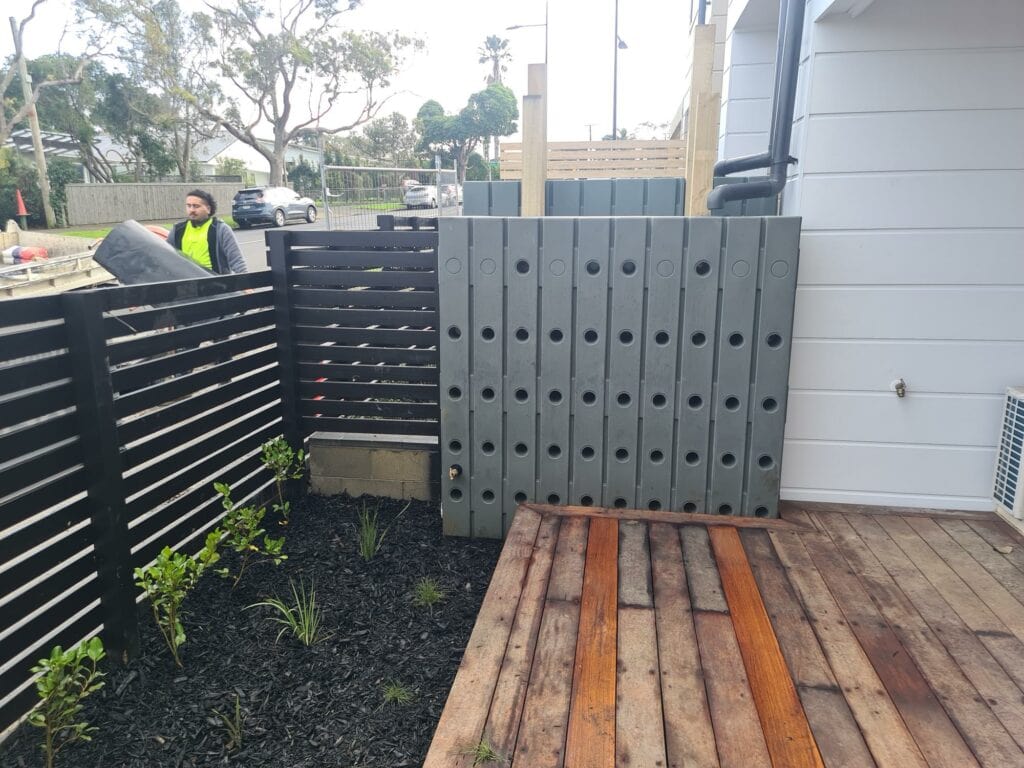
How much money can I save from rainwater harvesting?
Water sustainability concerns us all and more property owners are ensuring they are less dependent on mains water supply. But it’s not just the inconvenience of not having the freedom to use water as you wish, water charges are another motivation to collect your own source of water.
Non-potable water represents 56.1% of household water usage. Harvesting your own rainwater for household use including the laundry, toilets and outdoor taps accounts could save anywhere up to that amount off your water bill depending on the size of your system!
Water conservation is crucial, but Stormwater Management is too
Residential rainwater tanks are now a compliance requirement for many new developments. This is especially true of areas that could be prone to earthquakes or other natural disasters that could result in the mains water supply being cut off during a major event. Having emergency water storage is a requirement of new developments for some local councils in New Zealand. But it’s not just water conservation that is a concern, stormwater management is too. As sections become smaller, stormwater attenuation becomes more challenging.
As permeable grass is turned into concrete and steel, excess water has to go somewhere. If it’s not soaking into the grass, it needs to be accounted for. Rain that used to fall on green areas now falls on paved surfaces and roofs. The adverse effects of stormwater on our streams and rivers from the additional run-off, and our infrastructure is becoming more and more apparent.
WaterSmart also specialises in stormwater management for built-up areas and is able to provide stormwater attenuation solutions for water detention and reuse. They have solutions that are perfect for difficult sites that could otherwise not be developed such as those with high invert levels or rocky grounds.
What are the benefits of rainwater tanks?
Investing in your own rainwater collection tank has many benefits. There are financial benefits of rainwater tanks, as you will be less dependent on the mains supply and you could save up to 56% off your water bill.
You can continue to run the garden hose even when water restrictions are in place with your own alternative water supply. Then there are environmental benefits, knowing you are contributing to water sustainability. Collecting your own alternate water source is easy, and as the demand for mains water is under increased pressure, smart water management is the responsibility of all of us.
WaterSmart is proof that circular rainwater tanks or larger tanks aren’t the only options! Rainwater collection tanks can be slim and stylish. FenceTank comes with a 10 Year Warranty, is quick and easy to install and there are no consent fees if you only use it for outdoor water use. Check out the full range of rainwater tanks on their website.

